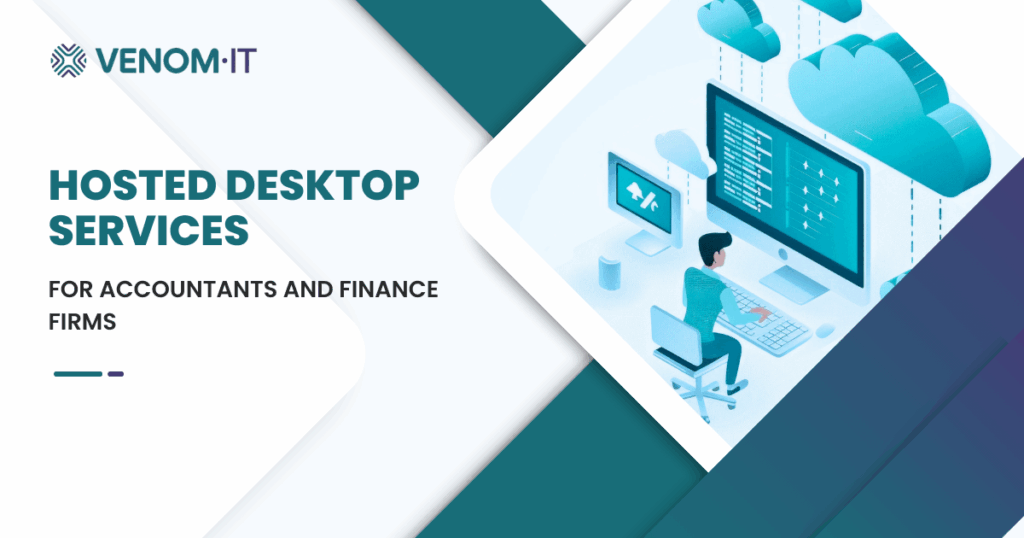

The Venom IT Blog
9 min read
The UK has one of the highest rates of home and hybrid working in the world, making remote IT security a priority for businesses of all sizes. In 2025…


The Venom IT Blog
8 min read
A professional disaster recovery plan provides a data safety net if things should go wrong. SMEs often underestimate the likelihood and impact …


The Venom IT Blog
4 min read
Just imagine you are an accountant working late into the evening during tax season. You have dozens of client files open, deadlines to meet, and sudde…
The Venom IT Blog
6 min read
Cyber security threats are a concern for businesses of all sizes. For SMEs, a serious data breach can be an existential threat. For large corporations…


The Venom IT Blog
5 min read
Wondering whether a 24/7 IT Support service is right for your business? We explore five key reasons why SME’s should consider investing….


The Venom IT Blog
5 min read
When your business grows, it can be difficult to scale your IT infrastructure smoothly. Find out how the right managed IT partner can help….


The Venom IT Blog
5 min read
Bad IT service can cost more than just money. Explore our Top 5 Hidden Costs of Poor IT Support and find out what potential issues to look for….


The Venom IT Blog
4 min read
How does a hosted desktop solution help your hybrid teams? Our guide explores benefits and challenges hybrid teams face, and how DaaS can help….


The Venom IT Blog
5 min read
Find out how finance and accountancy businesses can get started with digital transformation in 2025, with our comprehensive guide….
The Venom IT Blog
6 min read
The importance of Cyber Security continues to go, but do SMEs need to worry? Find out why even small businesses should take cyber security seriously….


The Venom IT Blog
5 min read
Wondering if there a difference between Managed IT and IT Support services? How do you know which solution is right for your business?…


The Venom IT Blog
5 min read
Worried about password security? Our top 6 best practices has you covered to keep secure ahead of today’s most pressing cyber threats….